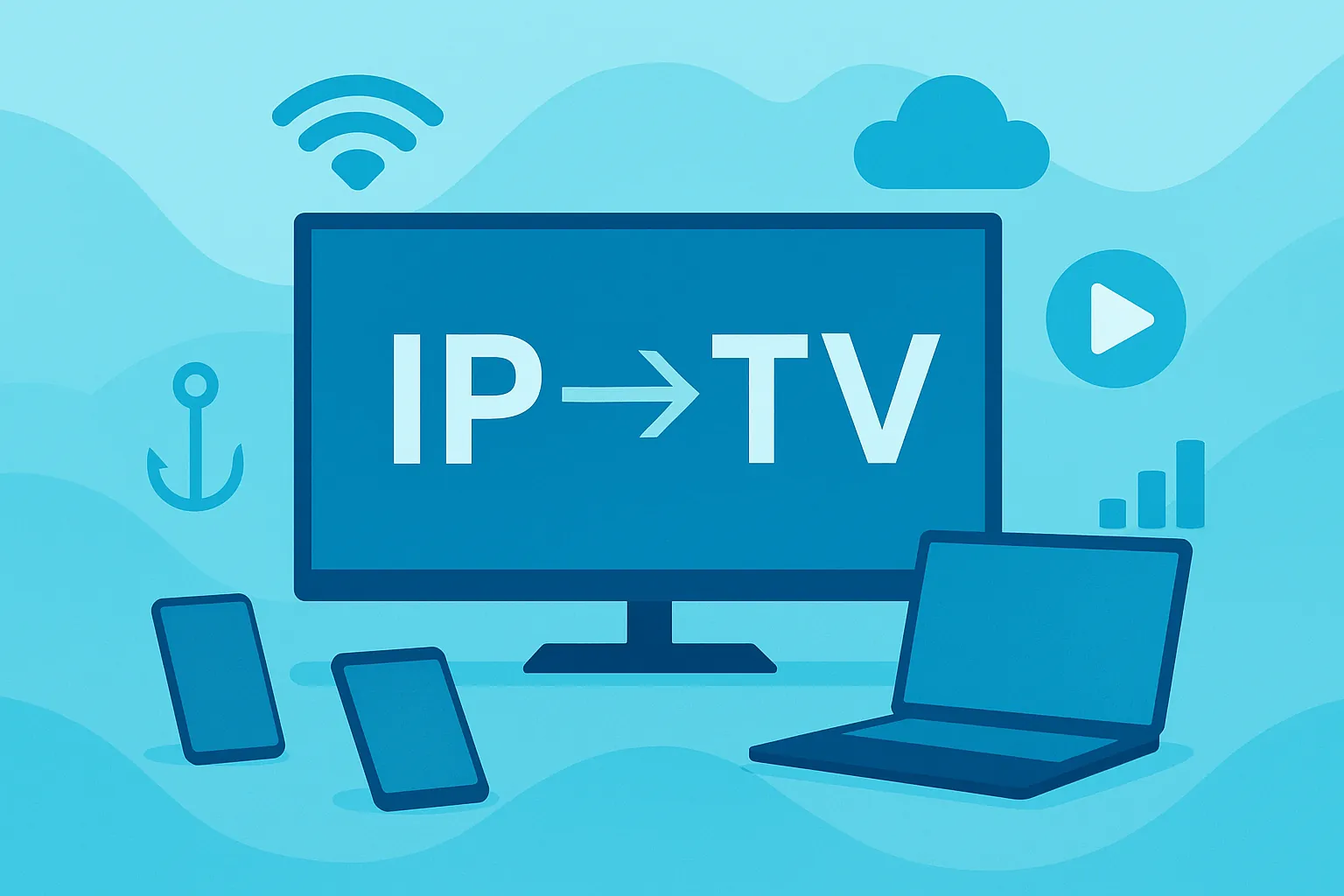If you’ve ever wondered what is IPTV and how streaming platforms can deliver live TV channels, movies, and on-demand content over the internet, you’ve already brushed against the concept of IPTV. Short for Internet Protocol Television, IPTV is the modern alternative to traditional cable and satellite broadcasting. Instead of transmitting shows via cables or satellite dishes, IPTV streams them directly through your internet connection.
The Basics of IPTV
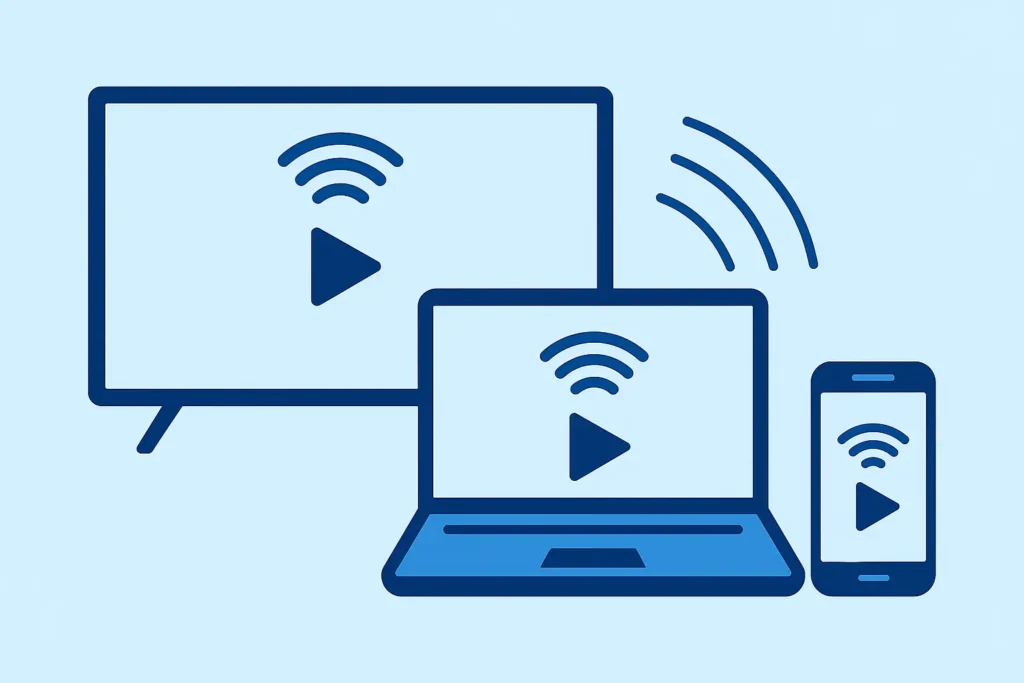
At its core, IPTV is a system where television content is delivered using the same technology that powers websites and apps—Internet Protocol. Unlike old broadcasting methods, where signals are sent out in one direction to all viewers, IPTV is a two-way street. The viewer requests a program, and the provider streams it instantly over the internet.
How It Differs from Traditional TV
Cable and satellite TV send out continuous streams of channels, whether you’re watching or not. IPTV only delivers content when you actually request it, making it more efficient and flexible. If you’ve ever paused a show, restarted a movie from the beginning, or watched a highlight replay instantly, you’ve seen IPTV’s advantage firsthand.
For a deeper look at the differences, see the explanation of IPTV, which compares internet delivery to older cable technology.
A Short History of IPTV
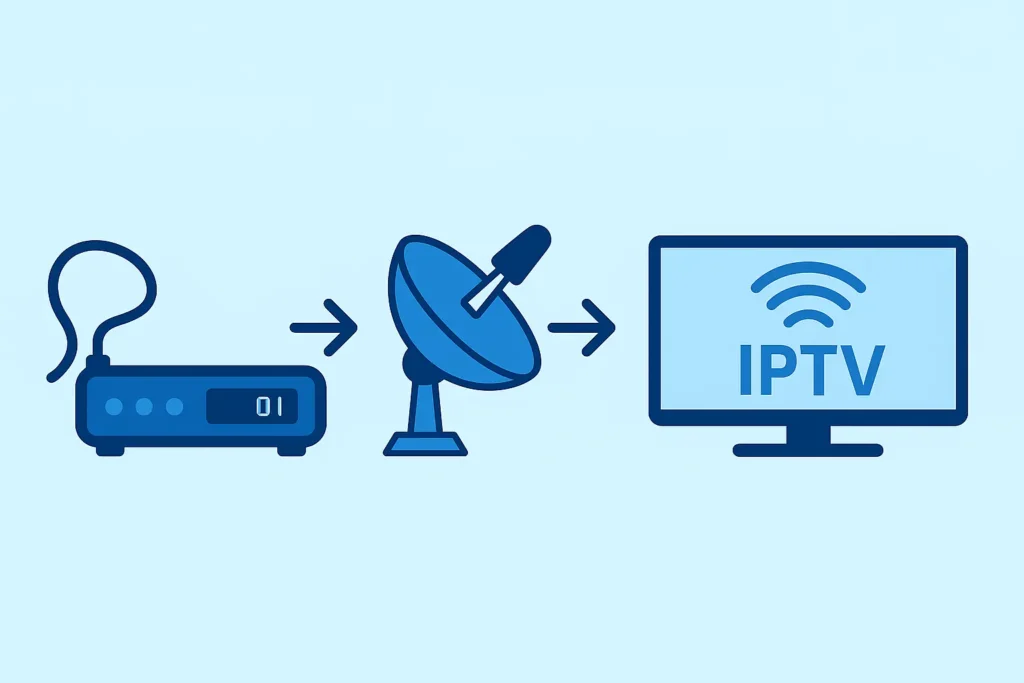
IPTV didn’t appear overnight. Early experiments with streaming television date back to the 1990s, but bandwidth limitations kept it from going mainstream. By the early 2000s, as broadband internet expanded, telecom companies began rolling out IPTV services to compete with cable. In Europe and Asia, IPTV adoption accelerated faster than in the United States, where cable still dominated for years.
The Turning Point
The real breakthrough came with the rise of smartphones and smart TVs around 2010. Suddenly, consumers expected content anywhere, anytime. IPTV fit this demand perfectly, paving the way for major services and niche providers alike to flourish.
How IPTV Works Behind the Scenes
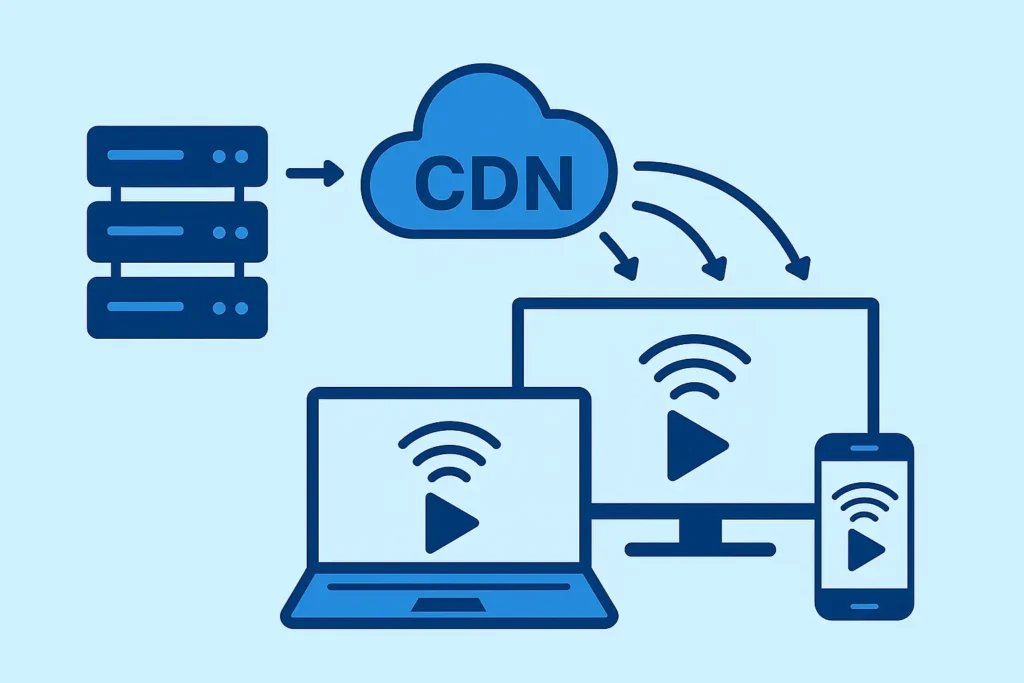
Though it feels seamless when you click “play,” there’s a complex chain of technology working in the background.
1. Content Acquisition
Providers first acquire broadcast rights or feeds from channels, studios, or networks. These streams are encoded into digital formats that can be transmitted over the internet.
2. Encoding and Compression
Large video files are compressed to reduce bandwidth needs. This is where standards like H.264 and newer formats such as H.265 come into play, ensuring smoother playback without overwhelming internet connections.
3. Content Delivery
Once encoded, streams are delivered using specialized servers known as Content Delivery Networks (CDNs). These networks spread copies of content across multiple regions so viewers receive streams from a server close to them, minimizing buffering.
4. Playback on Devices
The user’s app or IPTV player decodes the stream and displays it on their screen, whether it’s a TV, phone, or laptop. Interactive features like pause, rewind, or catch-up TV are managed by the IPTV platform’s middleware.
Types of IPTV Services
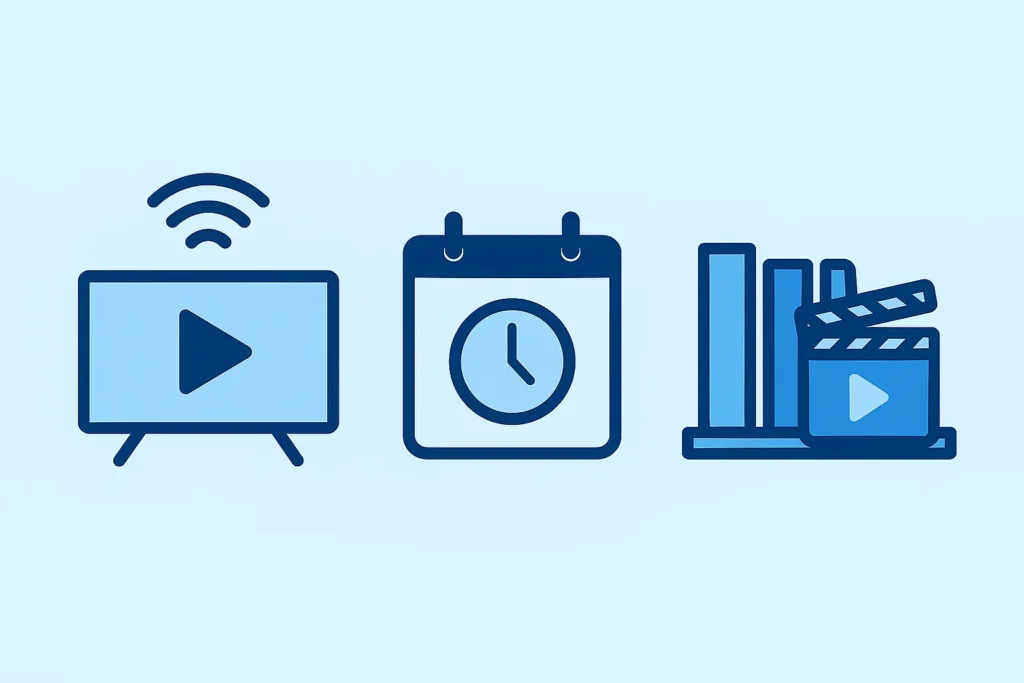
Not all IPTV works the same way. Broadly, there are three main categories:
Live IPTV
This is the closest to traditional TV—live channels streamed over the internet in real time. Sports fans especially value this form because it delivers matches as they happen.
Time-Shifted IPTV
Also known as “catch-up TV,” this allows you to watch programs after their original broadcast. For example, replaying last night’s news bulletin.
Video on Demand (VOD)
Think Netflix, Hulu, or Disney+. You choose a movie or show, and it streams instantly. While these aren’t typically marketed as “IPTV,” they run on the same principles.
If you are ever interested, try our online IPTV Free Trial provider finder which instantly connects you with a legitimate and trusted service provider.
IPTV vs. OTT Streaming
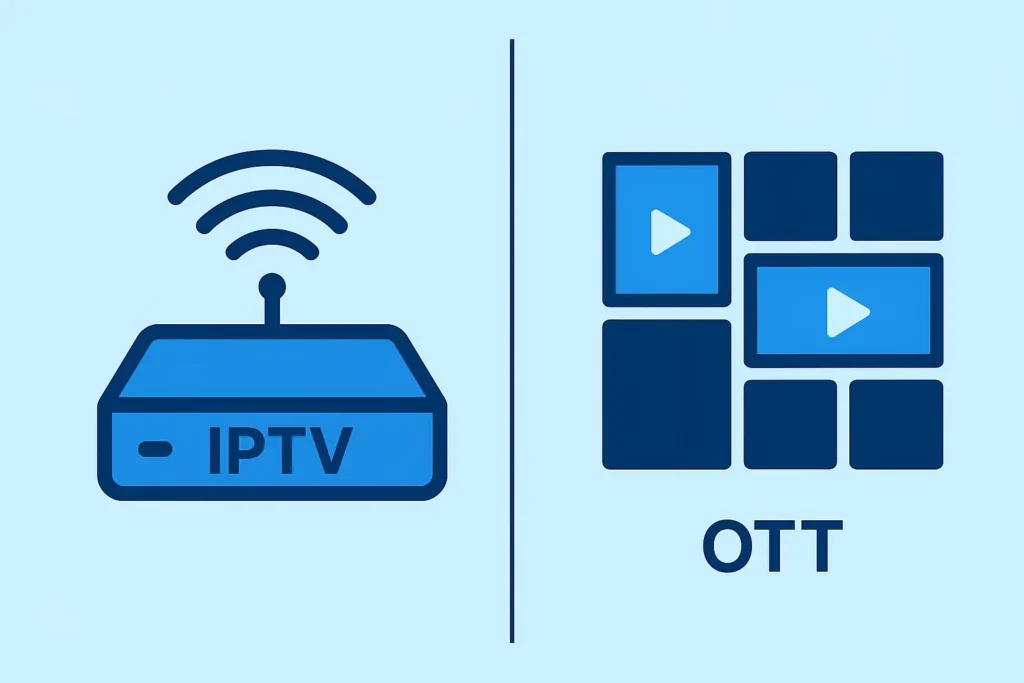
It’s common to confuse IPTV with OTT (Over-the-Top) streaming. Both deliver content online, but the distinction lies in infrastructure. IPTV is often provided through managed networks by telecom operators, while OTT services (like Netflix) run over the open internet without dedicated infrastructure.
The U.S. Federal Communications Commission (FCC) notes that OTT video bypasses traditional operators entirely, whereas IPTV usually partners with them.
Advantages of IPTV
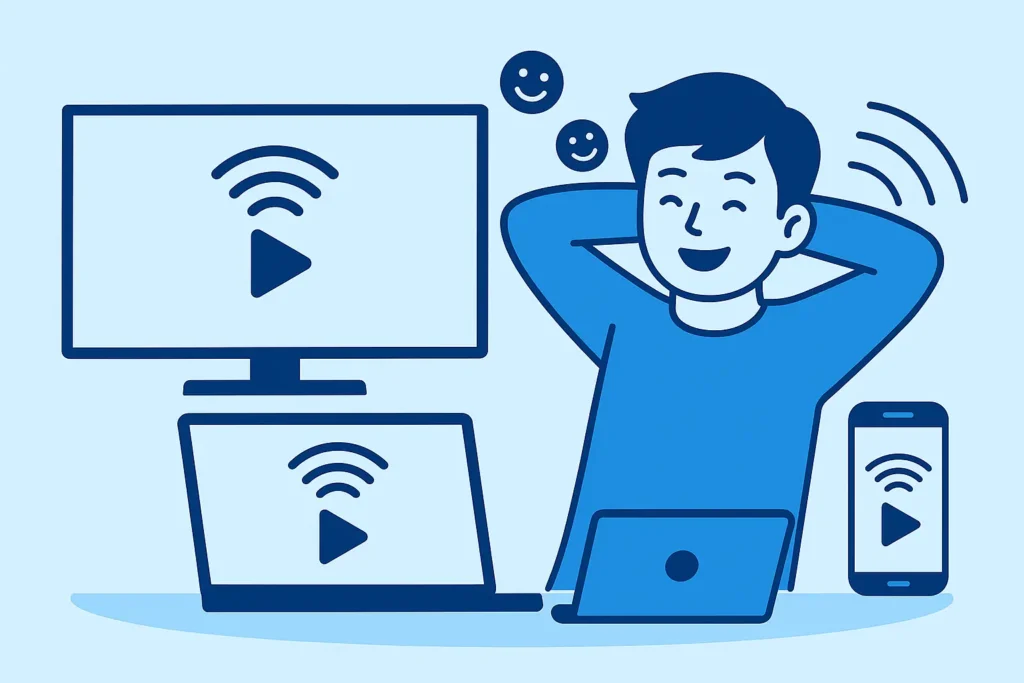
Why has IPTV become such a dominant force in entertainment? Here are some of its biggest benefits:
Flexibility
Watch on a TV at home, a tablet on the train, or a phone on the go—IPTV adapts to your lifestyle.
Interactive Features
Pause, rewind, record, or watch later. Traditional TV couldn’t match this level of control.
Better Personalization
Many platforms use algorithms to suggest content, much like YouTube or Netflix do.
Challenges and Limitations
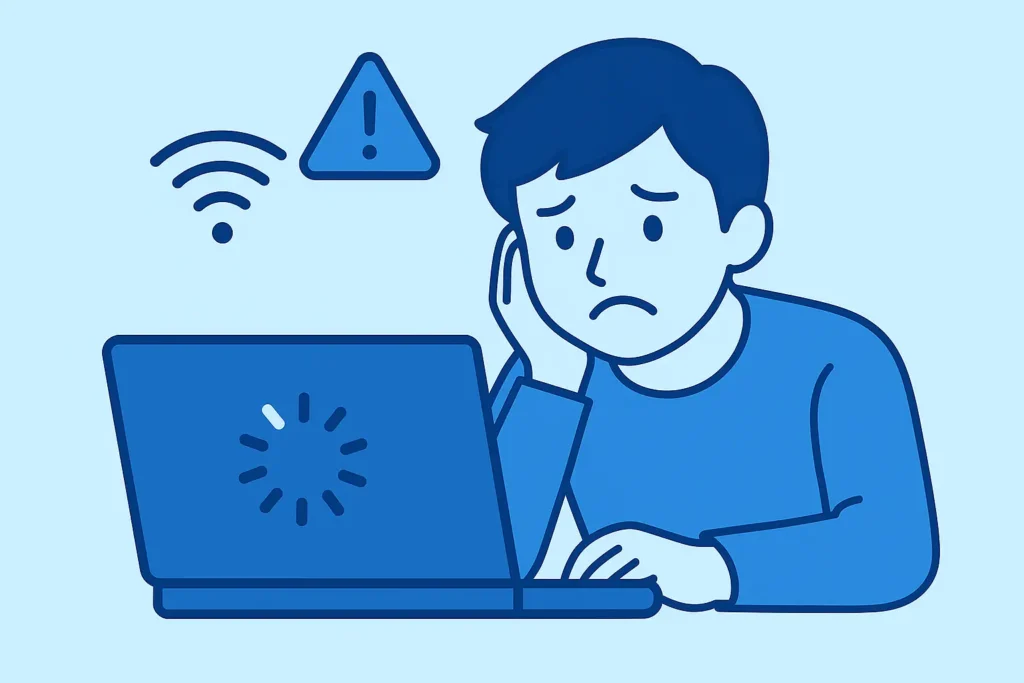
IPTV isn’t without downsides. Bandwidth is a big factor—without strong internet, the experience suffers. Buffering, delays during peak hours, and device compatibility can frustrate users. There’s also the issue of legality, as not all IPTV providers operate with proper licenses.
The Europol website has reported numerous cases of illegal IPTV services being shut down, underlining why consumers should choose legitimate providers.
The Future of IPTV
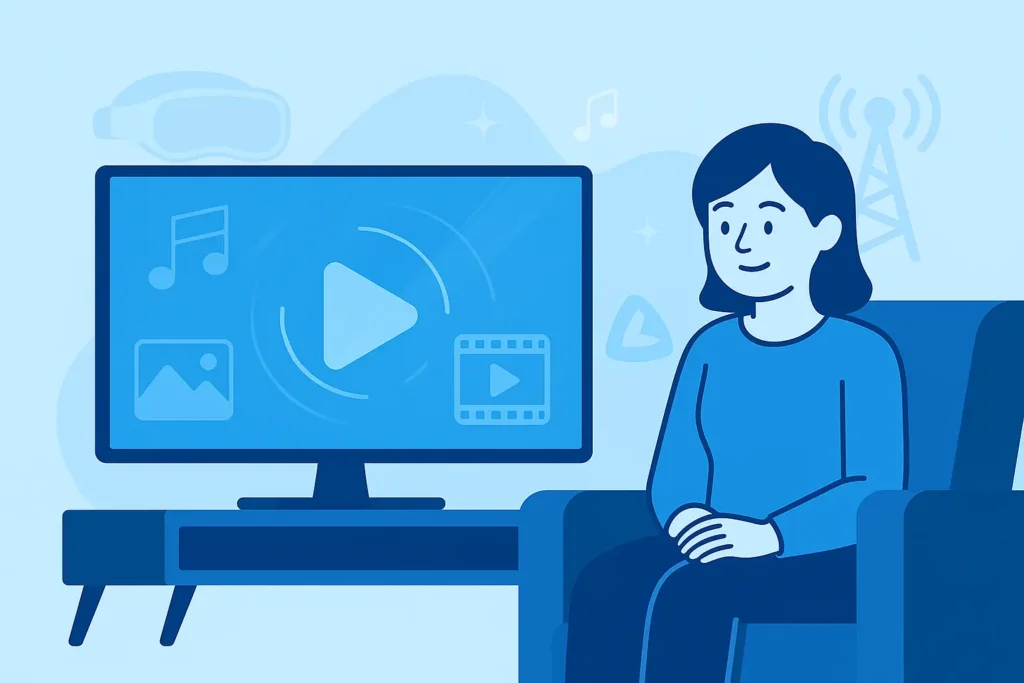
As internet speeds increase globally and 5G networks expand, IPTV will only become more widespread. Expect to see richer features like ultra-low latency for live sports, integration with smart home devices, and even VR-based viewing experiences in the coming years.
Analysts at Statista predict continued growth in video streaming revenue worldwide, with IPTV playing a key role in that expansion.
Conclusion
So, what is IPTV? In short, it’s television delivered through the internet rather than through cables or satellites. Its flexibility, interactivity, and potential for innovation have made it the new normal for how people watch TV. While challenges like bandwidth and piracy remain, the advantages far outweigh the drawbacks. For anyone curious about the future of entertainment, understanding IPTV is the first step.
FAQs
What does IPTV stand for?
IPTV stands for Internet Protocol Television, which means television content delivered over the internet instead of traditional satellite or cable methods.
How does IPTV work?
IPTV works by transmitting TV signals through internet protocols. Instead of using satellite dishes or cable lines, it streams channels and on-demand content over your internet connection.
What devices can I use for IPTV?
You can watch IPTV on smart TVs, smartphones, tablets, computers, and streaming devices like Firestick or Roku. All you need is an internet connection and a compatible app or player.
Is IPTV the same as streaming services like Netflix?
Not exactly. Streaming services like Netflix use on-demand libraries, while IPTV usually offers both live TV channels and video on demand. IPTV can feel more like a traditional TV experience delivered through the internet.
Do I need special equipment for IPTV?
In most cases, you only need a stable internet connection and a compatible app. Some setups may use set-top boxes, but many IPTV services run directly on smart TVs or mobile apps without extra hardware.
Is IPTV better than cable TV?
It depends on your needs. IPTV often provides more flexibility, global channel access, and lower costs, but cable TV can offer more consistent service quality if internet speeds are limited.
